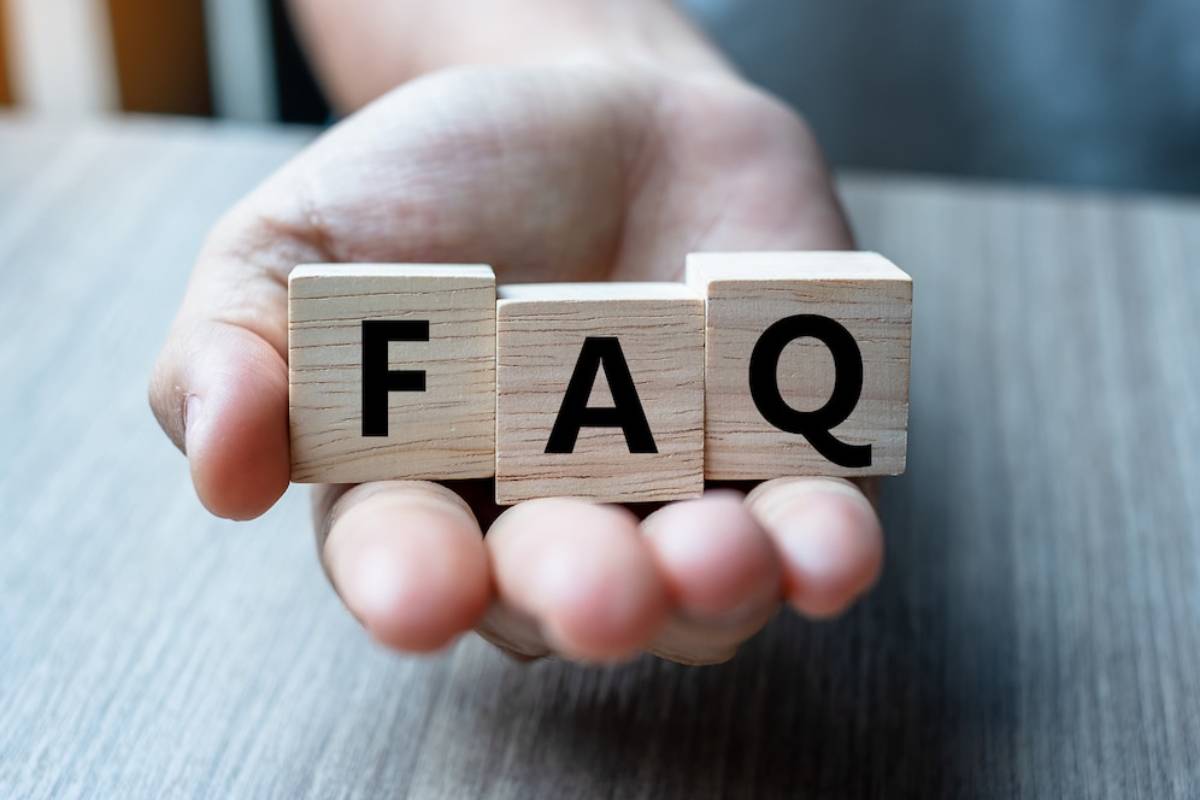
How to Use Journaling for Emotional Intelligence Development
Ever walked away from a conversation thinking, “Why did I react that way?” or “I wish I’d handled that better”? You’re not alone.
In today’s fast-moving, emotionally charged world, emotional intelligence (EI) — the ability to recognise, understand, and manage your emotions — is a vital skill. It influences everything from your relationships and communication to your decision-making and mental health.
Yet many of us are never taught how to build it. That’s where journaling comes in.
Emotional intelligence journaling is a powerful tool that helps you tune into your emotions, decode your inner responses, and build the self-awareness needed to navigate life more mindfully.
In this guide, you’ll learn how to use journaling as a daily emotional fitness practice — from prompts to pitfalls, and from strategy to science.
Understanding the Core: What Is Emotional Intelligence and How Can Journaling Help?
What Is Emotional Intelligence (EI)?
Coined by psychologist Daniel Goleman, EI comprises five key elements:
- Self-awareness – recognising your emotions and their effects
- Self-regulation – managing impulses and emotional progress
- Motivation – using emotions to reach goals
- Empathy – recognising emotions in others
- Social skills – managing relationships effectively
Unlike IQ, emotional intelligence is trainable, and journaling is a proven way to develop it.

How Journaling Enhances Emotional Intelligence
Journaling creates a safe, reflective space where you can:
- Observe your thoughts and emotional patterns
- Process difficult feelings before reacting
- Clarify emotional triggers
- Develop empathy through perspective-taking
- Reframe self-limiting beliefs
According to research from the University of Texas at Austin, expressive writing helps people manage emotional upheavals and fosters greater psychological resilience.
Pro Tip: Create a recurring weekly prompt like “What emotion challenged me this week?” to track progress and deepen your self-awareness over time.
Quick Guide: Emotional Intelligence Journaling at a Glance
| Step | Action |
| 1 | Identify your emotional state |
| 2 | Use prompts to dig deeper |
| 3 | Reflect without judgment |
| 4 | Label the emotions clearly |
| 5 | Explore causes, triggers, and responses |
| 6 | Reframe and explore alternate perspectives |
| 7 | End with an insight or an action step |
Important Note: Journaling doesn’t demand emotional resolution — it offers space for emotional exploration. Growth comes from reflection, not perfection.
Step-by-Step Guide: How to Practise Emotional Intelligence Journaling
Step 1: Set the Space and Intention
Choose a quiet space where you can write undisturbed. Morning or evening are ideal times. Light a candle or play calming music to create emotional presence.
Intention to repeat:
“I am writing to understand, not to judge.”
Step 2: Start With an Emotional Check-In
Before writing, pause and ask:
- What am I feeling right now?
- Where do I feel it in my body?
- How strong is the feeling on a scale of 1–10?
This tunes you into the physical and mental aspects of emotion — the foundation of self-awareness exercises.
Step 3: Use Emotional Intelligence Prompts
Here are journaling prompts designed to deepen emotional clarity:
- What happened today that stirred strong emotions?
- What emotion did I feel most strongly, and why?
- How did I react? What would I do differently next time?
- What belief was triggered?
- If I were giving advice to my best friend in this situation, what would I say?
Step 4: Label and Explore Emotions with Precision
Instead of writing “I felt bad,” expand it:
- Was it guilt? Shame? Frustration? Embarrassment?
- What triggered it?
- Is it familiar or new?
Pro Tip: Use a “feelings wheel” (easily found online) to improve your emotional vocabulary — a critical part of emotional clarity writing.
Step 5: Trace the Origin or Trigger
Most emotional reactions aren’t random. Look for:
- Old wounds or repeated themes
- Specific people or situations
- Unmet needs or ignored boundaries
Then write freely about what came up.
Step 6: Practice Emotional Reframing
Ask:
- What would a wiser version of me say right now?
- Could I see this differently?
- What’s one compassionate way to reframe this?
This enhances emotional regulation and builds inner flexibility — a core EI skill.
Step 7: End With Insight or Intention
Wrap up by writing one small takeaway or action step.
- “Next time, I’ll pause before replying.”
- “I noticed I was tired and overreacted — next time, I’ll check in with myself first.”
- “I need to set a clearer boundary around my time.”
This reinforces journaling as a tool for growth, not just venting.

Best Practices & Additional Insights
Blend Techniques: Combine Freewriting + Prompts
Freewriting allows your subconscious to surface insights, while prompts keep you focused.
Try alternating:
- Day 1: Prompt-based reflection
- Day 2: 10-minute stream-of-consciousness
- Day 3: Mindfulness + body scan journaling
Create a “Pattern Tracker”
Dedicate one page per month to noting:
- Triggers that repeat
- Growth moments
- Times you paused instead of reacting
- When you understood someone better
This reveals your EI evolution over time.
Use Journaling to Build Empathy
Try writing from another person’s perspective:
“If I were in their shoes, I might have felt…”
This trains empathy, especially in challenging interactions.
Emotional Intelligence Journaling
| Step | Focus |
| 1 | Check in with your current emotion |
| 2 | Use thoughtful prompts |
| 3 | Label feelings with specificity |
| 4 | Explore triggers and origins |
| 5 | Reframe perspectives |
| 6 | End with insight or action |
| 7 | Repeat regularly |

FAQs
Q1: Can journaling really build emotional intelligence?
Yes. Journaling helps you practise self-awareness, reflection, empathy, and emotional regulation — key elements of EI.
Q2: How often should I journal to see benefits?
Even 10 minutes, 3–4 times a week, can lead to noticeable improvement in emotional clarity and response.
Q3: Do I need a structured template?
Not necessarily. While templates can help beginners, freestyle or prompt-based entries are equally effective.
Q4: What if I don’t know how I feel?
Start by describing your body’s sensations, recent events, or thoughts. The emotions often surface through the writing.
Q5: Is it okay to reread my entries?
Absolutely — reflection deepens learning. Highlight key insights or lessons for future reference.
Conclusion: Build Emotional Intelligence One Page at a Time
Emotional intelligence is not merely a characteristic; it is a skill that can be developed through practice. One of the most effective methods to enhance this skill is by journaling.
When you dedicate time to write about your feelings, you create an opportunity for reflection on your emotional experiences. This process allows you to identify and label the emotions you encounter. It also helps you see these experiences differently, which deepens your understanding of your feelings.
Regular practice boosts clarity in your thoughts. It also builds important qualities like self-confidence. Also, journaling builds compassion for others. You start to notice your feelings and those of the people around you. With time, you’ll feel more in control of your emotions. This skill is very valuable in your personal life and at work.